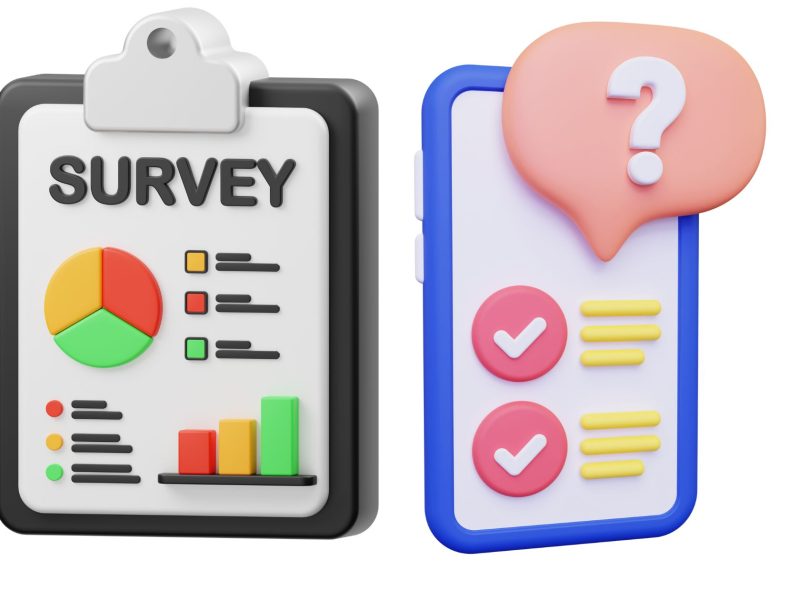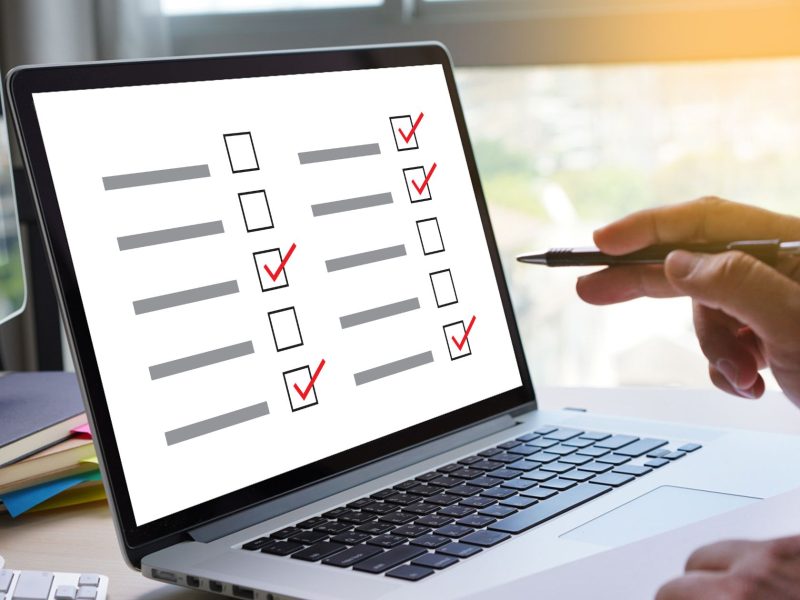Are you looking for ways to get people to take a survey or to get more survey responses? Sending out surveys is an excellent approach to learning what your customers like and don’t like about your business. However, generating a survey is a simple procedure. It can be difficult to get people to reply to the survey you worked so hard to create.
Customer experiences (CX) that are seamless are essential for today’s businesses. To provide this hassle-free experience and enhance customer satisfaction, you must always be aware of their preferences, and more. Surveys are one of the most effective and simple ways to gauge the mood of your customers. A good survey can identify gaps in your CX framework and suggest areas for improvement.
| Quick Answer |
| To get people to take a survey and increase response rates, it’s important to make them feel special and respected by expressing genuine gratitude for their participation and emphasizing the impact their feedback will have. Providing incentives such as discounts, gift cards, or sharing survey findings can also motivate respondents. Creating engaging Likert scale surveys with balanced pre-set responses and promoting the survey on social media, leveraging its sharing power, can help reach a larger audience. Sending email notifications and follow-up reminders can further increase participation. |
Why are Survey Response Rates Important?
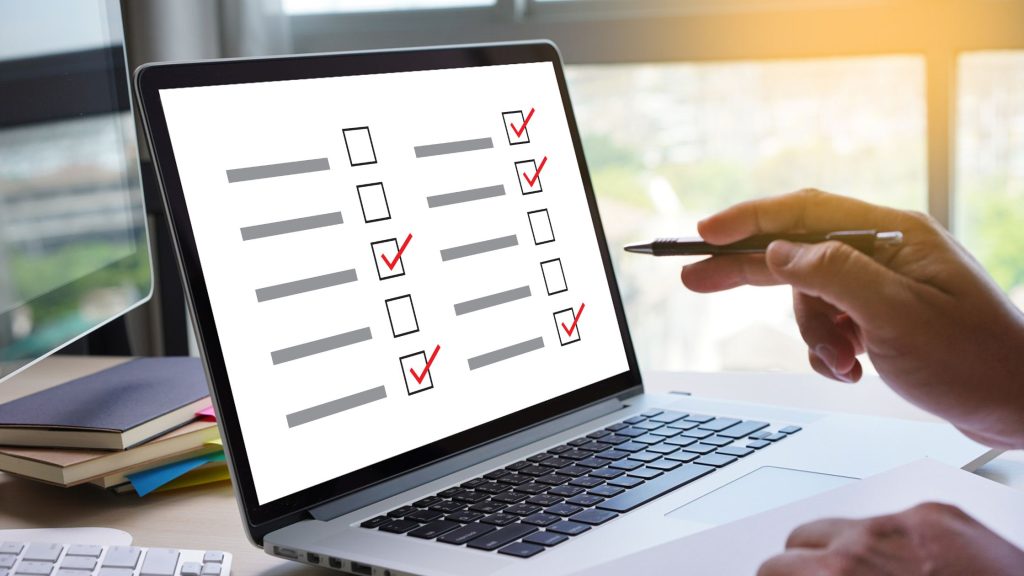
The goal of a short survey is to get feedback and understand consumers’ perspectives on services, products, and their interactions with the business.
A low survey response rate complicates a business in many ways, including making it difficult for teams to understand customers’ needs and what they need to do to maintain a flawless customer experience.
Here are a few issues that a low response rate causes for businesses:
- A low response rate causes bias, which is sometimes referred to as non-response or sample bias. It arises when the proportion of non-respondents in each category is not equal.
For example, if you conduct a survey by email, it may be lost in spam, preventing customers from responding; if you ask personal questions, respondents may be hesitant to react because they are concerned about being evaluated, and so on.
- Survey response rates are directly thought to reflect survey effectiveness and quality. A survey that is incomprehensible, lacks simplicity in language and has no definite aim is doomed to receive poor survey responses.
- If customers do not complete surveys, it is difficult for product teams and the company to determine whether they are on the right road because they do not know how customers perceive their products/services. Things are certain to go wrong if a corporation just relies on the recommendations of specialists.
If a low response rate can represent so many different things, what does an increased response rate mean?
- Specifies the objective of survey questions.
- It demonstrates that it was worthwhile for customers to accept it.
- A successful quick incentive scheme for survey completion and much more.
The percentage of people that completed a survey is referred to as the survey response rate. This rate is determined by the total number of survey respondents. Here’s how to determine your survey response rate:
Survey response rate = number of persons who completed the survey / total number of people you shared it with × 100
Tips to Get People to Take a Survey
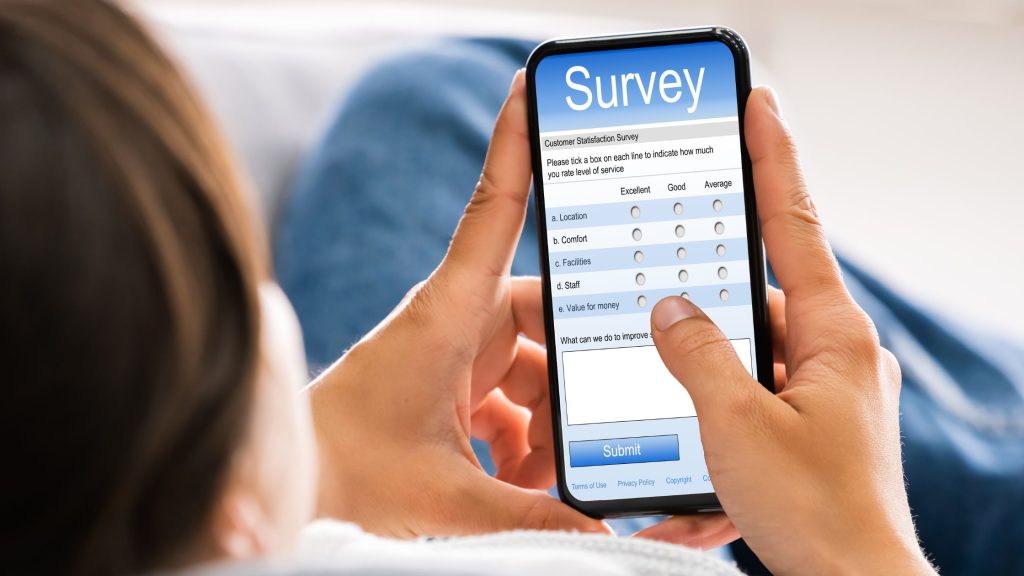
Making clients happy and engaging with a business is not as difficult as it is portrayed. If you look closely, everything you do to improve customer engagement, sales, and even feedback leads to a few things: Customers should feel respected, heard, and entertained.
As a result, it is obvious that you must include these variables in your plans to entice individuals to take your surveys and increase response rates.
Make Them Feel Special and Respected
Express genuine gratitude for their participation to entice individuals to finish your survey. These make them feel special and valued as their opinion matters. Consider including the following messaging:
- Please take 5 minutes to complete our survey: Respect their time by telling them how long it will take them to complete your survey. Instead of guessing, have a coworker who hasn’t seen your survey take it while timing themselves. Also, remind them how much you appreciate them taking time out of their busy day to do you a favor.
- We want to know what you think: Emphasize how much you respect their feedback—and explain how it will directly affect your product roadmap or services, the information you send them, and so on. Be as clear as possible so they understand how you intend to use their knowledge and opinions.
Provide an Incentive (Eyes on the Price)
You can’t always rely on benevolence alone. If you’re having trouble getting individuals to finish your surveys, consider adding incentives to increase completion rates.
Discounts, gift cards, and raffles are all great options: Cash incentives, without a doubt, enhance response rates. Yes, there are advantages and disadvantages to encouraging surveys (for example, respondents may rush through surveys in order to obtain the incentive). However, according to the same study, 94% of people who indicated they complete surveys for a prize stated they still offer honest answers very or very regularly. Simply ensure that your reward will be appealing to everyone in the segment you’re targeting. For example, an Amazon gift card is likely to be more tempting than Disney On Ice tickets.
The “Show me yours and I’ll show you mine” strategy: If you’re on a tight budget and can’t provide discounts or prizes, consider sharing the survey findings with your survey takers as an incentive after you’ve collected all of your replies (e.g., “See how you compare to your peers.”)
Create Engaging Likert Scale Surveys
There will come a moment when your surveys will need to be more informative and engaging. That is where survey types such as Likert scales can come in handy. Likert scales are rating scales that are commonly used in surveys to determine how people feel about something. And they ask questions with a variety of balanced pre-set responses from which people might choose.
They’re a wonderful alternative for assisting people in answering more difficult questions and avoiding response bias that can occur with more open-ended or yes/no questions. WPForms, the greatest drag-and-drop WordPress forms plugin, allows you to simply add Likert scales to your website forms so visitors can answer surveys directly on your site.
Furthermore, their pre-built survey forms template makes it even easier to create surveys within WordPress without the need for specialized third-party survey software. You may even construct multi-step forms to make it easier to complete your forms.
Promote Your Survey on Social Media
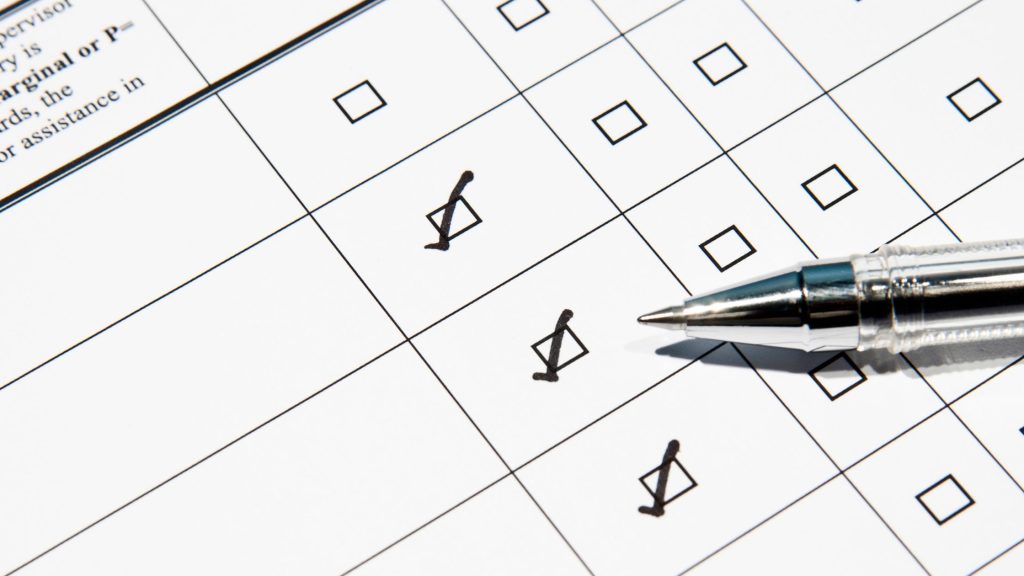
Another strategy to encourage people to participate in your poll is to publicize it on social media. If someone already follows your brand’s social accounts, they are more likely to respond to your poll.
However, keep in mind that the tone and language of your survey should be adjusted such that it provides value to your audience. People will not be motivated to click if the content does not directly relate to them.
And, if your survey is thought-provoking and insightful, you can leverage the social media sharing power. Include user-friendly share buttons in the questionnaire to encourage your consumers to share your survey with their followers.
More ways to use social media in your surveys include:
- Create mobile-friendly surveys so that mobile users may complete them on the go.
- Quizzes and tests can provide a competitive edge by allowing people to show off their scores to others.
- Give away free items or awards to people who take your survey, and use popular hashtags like #freebie to promote it.
- Paid advertising can help you reach a larger social audience that is linked to your target clients.
Send Email Notifications
Why not prepare your audience for what’s to come before you send out a survey? By contacting them ahead of time and informing them that you will be sending a survey, you enhance the likelihood that they will fill it out.
The email notice does not need to be complicated. Something like the example below will suffice to warn them.
Hi [firsrt name],
Because you are a member of our loyal customer base, you will soon be invited to complete a [survey name].
This poll is part of our ongoing attempts to enhance [conditions x,y, and z] and find anything you aren’t completely satisfied with. We’ll ask everyone to participate online, which should just take a few minutes. All comments will be anonymous and confidential, and no personal information will be linked to your response in any way.
Please respond as truthfully as possible. Your feedback will assist us in improving [benefit], and in exchange, we will provide you with
If you have any questions, please respond to this email.
Thank you in advance for your involvement and support.
[Sender name]
Reminders to Complete Surveys
It is critical that you follow up with folks several times to remind them to participate in your survey. We all have hectic schedules, and with more sophisticated email marketing technologies vying for our attention, it’s simple to snooze emails until we’re ready to respond. And by then, we’ve most likely forgotten about it.
Sending a follow-up email shows consumers that you value their feedback and can help you raise survey response rates. Sending up to three reminders can yield the best results.
READ ALSO:
- How to Print Gridlines in Excel Online
- How to Import Data into Excel Online
- How to get Excel Certified Online
- How to Access Excel Online
The Wrap-UP
Based on everything we’ve learned so far, we know how to conduct a survey and how to make it appealing and engaging in order to elicit more responses from customers. Remember, you can enhance your survey with gamification, branding, or pleasant language all you want, but if it isn’t appropriate or fails to ask the necessary questions, the feedback you receive will be invalid.
Make sure you ask the right questions to the right individuals first and then use these tactics to get customers to engage in online surveys.

